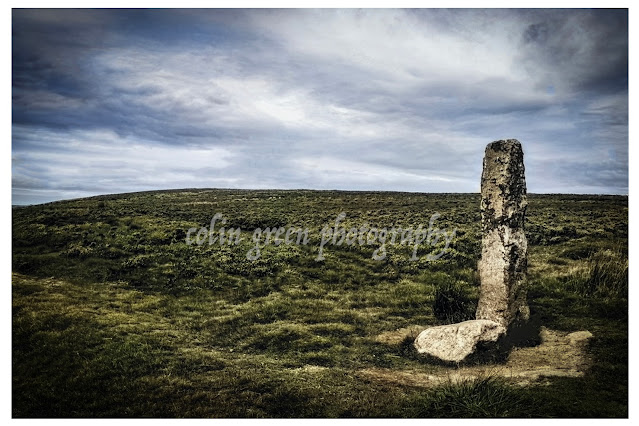The historic Copley River Bridge, a graceful two-arch stone structure, once spanned the River Calder, carrying North Dean Road across its waters. Built in 1831 by Richard Kennett-Dawson, the last Lord of the Manor of Copley, the bridge was a significant local landmark.
For many years, a toll was charged to cross the bridge, a practice that ended in 1856. The bridge stood for 184 years, weathering the passage of time and serving as a vital connection for the community.
However, the bridge's legacy was tragically cut short. The devastating Boxing Day floods of 2015 wreaked havoc on the Calder Valley, leaving the bridge severely damaged. Despite efforts to repair it, the extent of the damage necessitated its demolition.
In 2017, a modern replacement, a single-span steel bridge, was constructed and opened. To honor the memory of Graham Wilson, a long time resident of the tollhouse who passed away that same year, the new bridge was named the Wilson Bridge.
Though the historic Copley River Bridge is no longer with us, its memory lives on, a reminder of the region's rich history and the enduring power of nature.
The former Copley Toll Booth, a quaint building dating back to around 1831, still stands today. Originally situated at the end of the old stone bridge, it now serves as a private residence south of the Wilson Bridge.
I took these pictures on the 1st February 2014 with a Polaroid is2132. Clicking any of them should open a link in another window to my Colin Green Photography store on Zazzle.
































